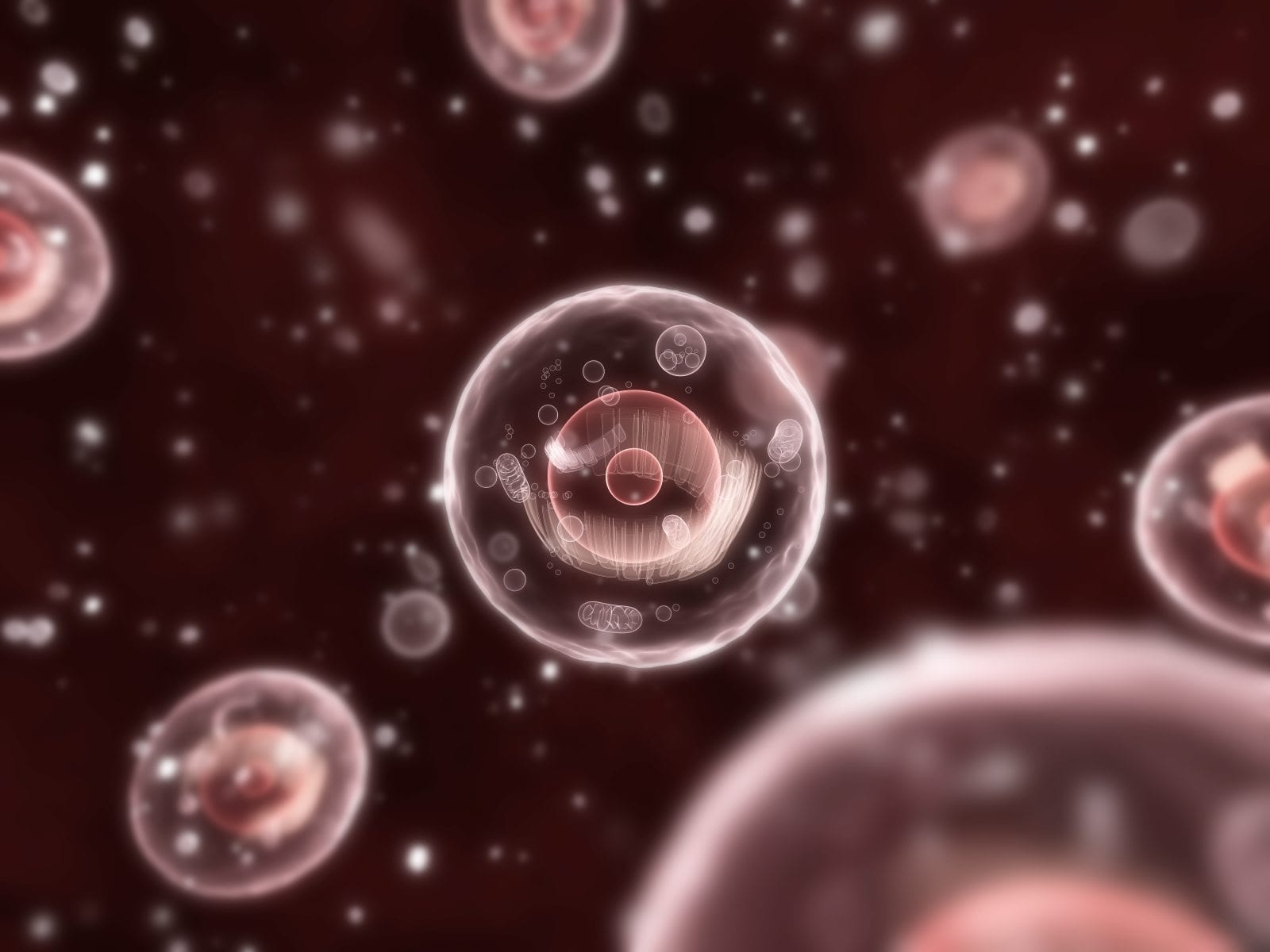New Sensor Captures Calcium Activity in Cells
 A new study demonstrates the effectiveness of a red biosensor that can directly monitor calcium at specific locations within a cell, a discovery that could aid in better understanding of the molecular basis of human diseases. This novel approach for detecting the activity of calcium within cells has been developed by researchers at Georgia State University.
A new study demonstrates the effectiveness of a red biosensor that can directly monitor calcium at specific locations within a cell, a discovery that could aid in better understanding of the molecular basis of human diseases. This novel approach for detecting the activity of calcium within cells has been developed by researchers at Georgia State University.
Calcium is essential for many physiological processes, including the health and function of the muscular, nervous, circulatory and digestive systems. Calcium amplifies signaling molecules that prompt a response inside cells, controls the release of neurotransmitters (chemical messengers that transmit signals from neurons), triggers the contraction of muscle cells and aids in fertilization. Calcium is also important for proper bone formation, and many processes within cells require or use calcium.
Given this wide range of functions, calcium movement and levels can serve as good indicators for biological mechanisms and changes. However, previous attempts at developing calcium sensor tools that can monitor rapid signaling changes have proven limiting due to slow responses of the sensors reported.
“The challenge is how to capture these quick changes in very specific locations,” said study leader Jenny Yang, Regents’ Professor of Chemistry and the associate director of the Center for Diagnostics and Therapeutics and director of Advanced Translational Imaging Facility. “For example, if I have an injury in my muscle, there’s a specific muscle cell calcium change and it happens very fast.”
To better capture these signals, Yang and her colleagues have created a way to design a calcium binding site onto the surface of several fluorescent proteins. The study, published in the journal Angewandte Chemie, shows that the red calcium sensor, known as R-CatchER, is highly sensitive at detecting calcium signals in multiple cell types. The discovery is a breakthrough by Yang and her team, who have spent decades developing and refining their technique. They recently published a paper on the development of a green calcium sensor, known as G-CatchER+, in the journal iScience.
“The protein we’re using is able to identify fleeting changes and directly measure calcium activity,” said Yang. “We can monitor calcium events in healthy cells and see how they change in disease states.”
Ultimately, R-CatchER could be useful for laboratory research and studies; for example, determining whether there is a connection between changes in calcium and a particular disease. Their technology could also aid in drug discovery.
“We have a unique approach to understanding how aging events or disease states are controlled by calcium. This tool could tell scientists exactly which signal pathway is related to a disease and how it changes when treated with a drug compound,” Yang said. “It could show the specific location that the drug needs to target to be effective.”
The researchers say the next step is to apply the technology in animal models to help better understand how various cell events are involved in disease.
Yang is known as a pioneer in the field she calls “calciomics,” which incorporates protein chemistry, biology, cell biology and neuroscience to develop computational studies and calcium sensor tools. In 2019, she was selected as National Academy of Inventors Fellow in honor of her work.
Co-authors of the study include chemistry doctoral student Xiaonan Deng, Donald Hamelberg, professor of chemistry, and Xinqiu Yao, postdoctoral associate in chemistry.
Related Articles
Citation
New Sensor Captures Calcium Activity in Cells. Appl Radiol.
October 20, 2021